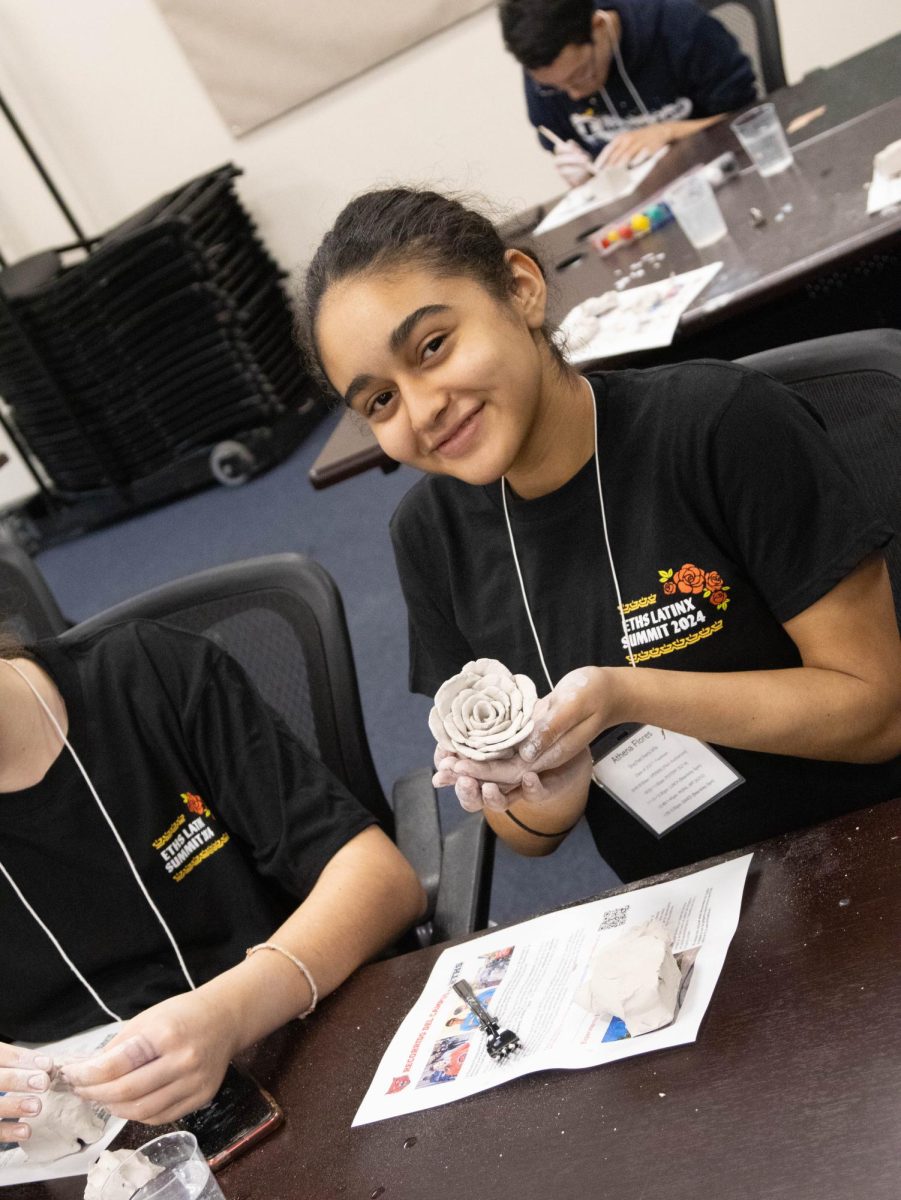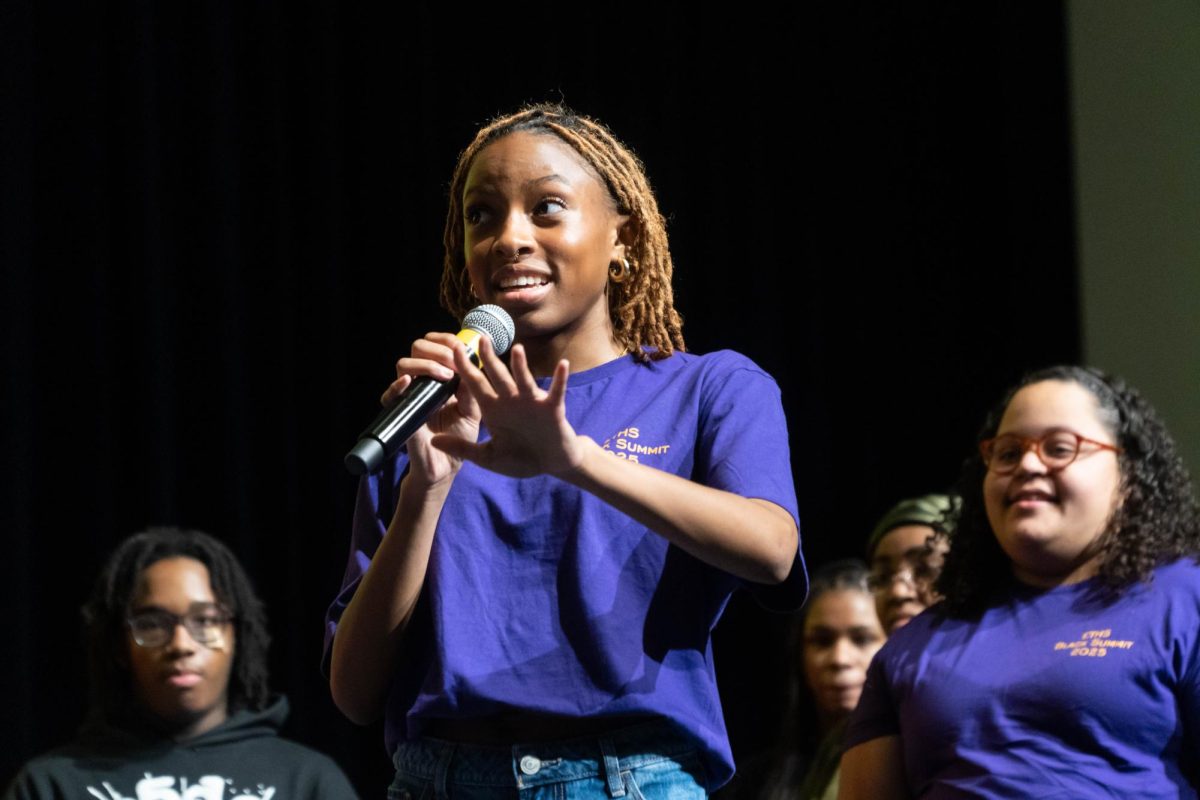
Vivek Murthy has been through the ringer. As the U.S. Surgeon General, he guided the United States through one of the most difficult times as a country during the COVID-19 pandemic; he advocated for vaccination, debunked misinformation and emphasized the importance of mental health issues caused by COVID-19. Recently, he’s shifted his attention to what he believes is the latest public health crisis– the “loneliness epidemic.”
So, what is the “loneliness epidemic,” as the Surgeon General puts it? The growing experience of social isolation in the United States, which Dr. Murthy explained that he has seen firsthand, has numerous and serious consequences for both mental and physical health. According to his report, lacking social connection is just as harmful, if not more, than smoking 15 cigarettes a day.
“It is associated with a greater risk of cardiovascular disease, dementia, stroke, depression, anxiety, and premature death,” read Dr. Murthy’s report.
Social isolation leads to behaviors such as poor diet, lack of physical activity, and poor sleep, all of which can increase the risk of cardiovascular issues. A severe lack of social support also heavily impairs an individual’s ability to cope with stress, leading to a decline in health.
Along with the physical health ramifications, there are a highly distressing amount of mental consequences. Social connection, Murthy argues, is a key solution in combatting mental health struggles.
“Social connection may be one of the strongest protective factors against self-harm and suicide among people with and without serious underlying mental health challenges,” Dr. Murthy wrote.
While social connection is essential for an individual, Dr. Murthy argues that it’s also crucial to the overall wellbeing of communities and neighborhoods. According to him, benefits of a socially connected community include an increased resilience towards national hazards, reduced levels of crime, economic prosperity, and an increase in civic engagement.
“The evidence generally points to the same conclusion: higher levels of social connectedness suggest better community outcomes, ranging from population health to community safety, resilience, prosperity, and representative government; while lower levels of social connectedness suggest worse outcomes in each of these areas,” according to the report.
To counter the loneliness epidemic, Dr. Murthy’s report concluded with a list of strategies for individuals, parents, educators, governments, health agencies, philanthropists, researchers, workplaces, technology companies, media and entertainment industries, and community-based organizations. Each list consisted of various solutions that strongly emphasized community connectedness.
“By taking small steps every day to strengthen our relationships, and by supporting community efforts to rebuild social connection, we can build lives and communities that are healthier and happier,” Murthy wrote.
“Our future depends on what we do today.”












